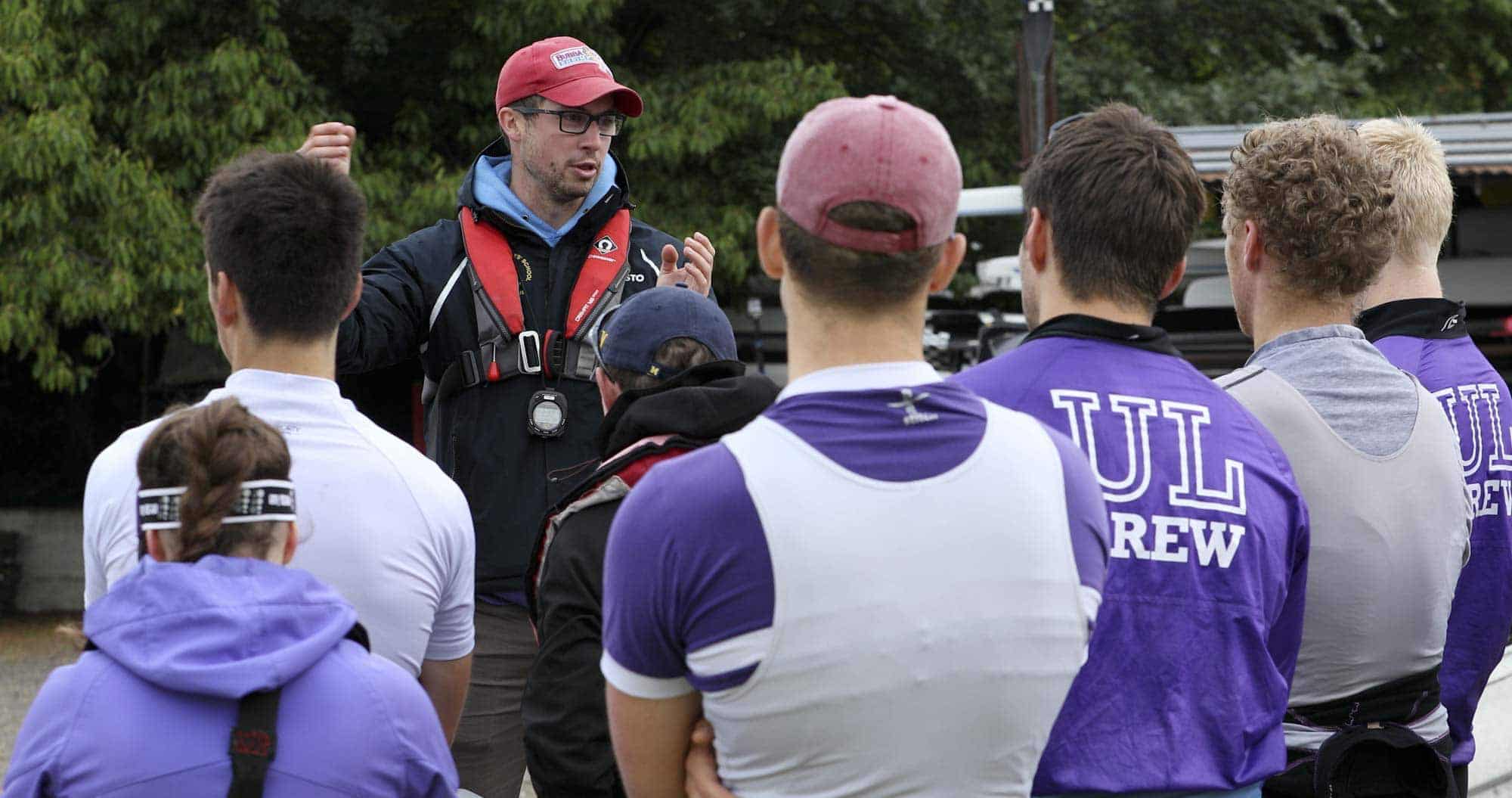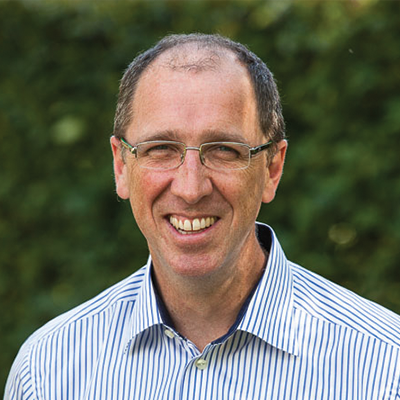The ultimate measure of performance is usually time. How long does it take to complete a race. Often coaches and athletes use time to measure improvement. Although in absolute terms it is an objective measure of performance and improvement, it does mask the actual increase in athlete performance required in order to make those improvements.
As you get faster each step requires a large increase in power application. I believe if athletes had this kind of insight it might make them realise the actual commitment it will require to get faster.
Time and power are not linear. Calculating improvement by power better shows the performance required to achieve the times you are aiming for.
Increasing speed requires the application of added power.
During the 2018 Tour de France, the BBC sport website ran an interesting article analysis the difference between the performance of a top club cyclist and a world-class cyclist.
The article drew the comparison that, in 2011, Sir Bradley Wiggins won the British Road Race Championship in Hull in 19:44 and Sean Eden – a top-level amateur athlete – completed the 10-mile course in 22:33. Based on time, the difference between the two riders was 15%. However, when based on power, the difference was 50% – 470 watts for Wiggins, and 312 watts for Eden.
In other words, in order to get to the top and gain 15% in speed, Eden will have to train so that he can develop a 50% increase in power for the best part of 20 minutes. That is a significant leap.
A 15% improvement in cycling performance requires a 50% increase in power production
Similar comparisons can be drawn when looking at Concept2 Ergometer data, as demonstrated when looking at the indoor world records for men and women on the Concept2.
In comparison, Dunkley-Smith is 13.9% faster, but Buryak would need to improve wattage by 48% to match the time.
What do such comparisons mean for normal athletes? It means that maybe an athlete thought that only a 5% improvement (based on speed) was needed to improve 2,000 metre racing time from 6:40 to 6:20, but in actual fact an improvement of 15.8% (based on wattage) is required.
This difference can have a huge impact on athletes when they are setting performance goals. It can, for example, make them realise the commitment required to make that kind of jump.
If you want to improve from 7:40 to 7:20, then this is a 14.2% improvement.
If you want to improve from 6:40 to 6:20, then it is a 15.8% improvement (not 5%).
If you want to improve from 6:00 to 5:40, then it is an 18.8% improvement.
Time for Rowing to use power and not pace to measure improvement
Thus, the message may be that the time has come in rowing to start measuring wattage as a matter of course. In cycling, for example, wattage is a routine benchmark of performance.
It may also be time to start setting performance targets based on wattage, rather than on time. The use of time may only be giving athletes an inaccurate sense of how much they really need to improve in order to make the performance gains they want.
The next question perhaps is when will it be possible to easily record power data from the boat and to be able to make comparisons?
Linked here is a results sheet showing the wattage requirements for certain 2000 m ergometer scores, to provide an idea of the power required to achieve these results.
View more content like this

Rowing Australia using Ludum to Prepare for World Championships
Rowing Australia have been using Ludum to better track the training of all their athletes. Having used several other well know platforms in the past
The T2 Score: A Comprehensive Approach to Measuring Training Load in Endurance Sports
The T2 Score builds on traditional training metrics like TRIMP by adding Sports specific scaling function for each sport modality.. This means it doesn’t just
We are all Sports Performance Analysts
Times have changed… Now anyone who works with athletes needs to be a Sports Performance Analyst… Dr Mark Homer looks at how coaches, teams and individuals



